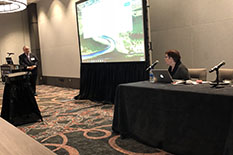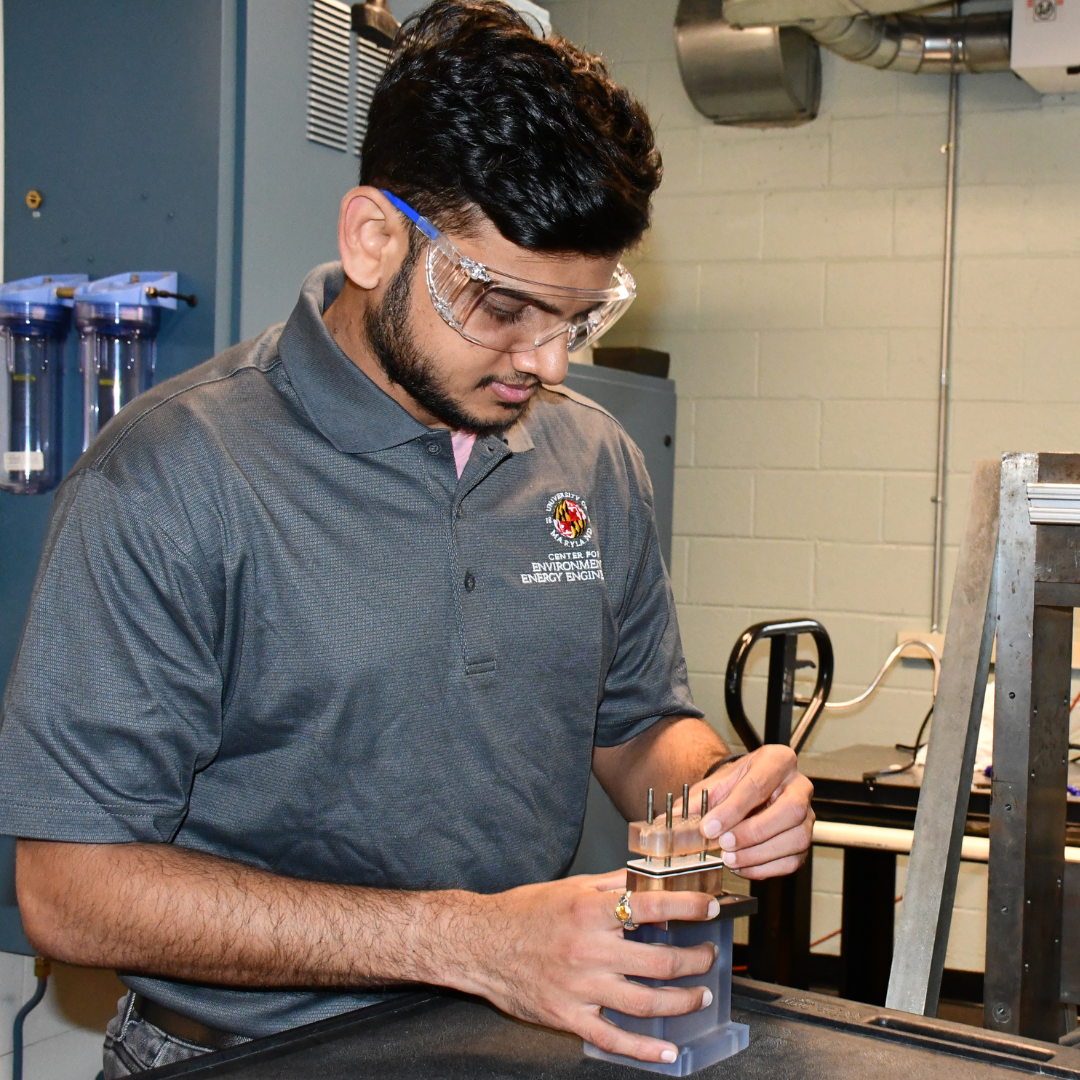News Story
Rethinking Orbital Debris: More Space for Industry

A piece of orbital debris, also known as “space junk,” can reach speeds of 5 miles per second (or 18,000 miles per hour) as it circles the Earth. It may be a piece of a spacecraft or satellite, or the result of a collision—the size of a marble, smaller than half an inch around, or much bigger. If it hit a satellite in the right place, it could render it inoperable.
“A key approach to dealing with space debris is to not create more debris,” remarked Kevin O’Connell at the University of Maryland’s Center for Orbital Debris Education and Research (CODER) third biennial workshop this week. “We’re seeing a tremendous outpouring of industry engagement in the issue, but we don’t want to create risk unintentionally.”
O’Connell, who directs the U.S. Department of Commerce’s Office of Space Commerce, focused on the need to disrupt space debris by harnessing innovations in space situational awareness (SSA) and space traffic management (STM). “Commerce is a natural place to engage industry,” he said. “And industry is often in a good position to explain the standards as they see them. Deregulation does not mean no regulation; we know that there will have to be some rules of the road.”
Held at The Hotel at the University of Maryland, the workshop brought together professionals from industry, government and academia and featured 10 keynotes and seven panel sessions. Aimed at encouraging collaborative efforts to address critical issues in the growing orbital debris problem, the event also included networking activities and offered a forum to share information and ideas.
The issue remains a global one. There is no silver bullet solution. There are currently about 23,000 known items of orbital debris and many thousands more that have not been detected. The problem isn’t just the potential of collisions, it’s the amount of satellites that are being sent into orbit. Last year, 400 of them were launched. As orbital space becomes more and more crowded, the windows to launch satellites start to shrink.
“This isn’t about the serial collection of casual, expected, transactional activities,” said keynote speaker Robert Rego, Strategic Missions Advisor to Commander at the U.S. Strategic Command. “This is about turning the whole affair upside down; denying linearity in the face of an explosion. We’re not looking at an enhanced SSA and STM enabled by the designation of the Department of Commerce as the responsible agent. Instead, we’re looking at an explosion of space commerce that is driving, and truly intertwined with, advanced SSA and STM.”
Rego went on to discuss how SSA and STM capabilities can be advanced through expanded cooperation and flexible relationships. “We are enjoying a phenomenal space renaissance driven almost solely by entrepreneurial commercial ventures,” he said. “The burgeoning commercial environment will demand that we do better, but it is also the commercial environment which will enable better SSA and STM. We don’t see the future of SSA and STM bounded by yesterday’s thinking. We see tomorrow’s SSA and STM encompassing our vital interests through advanced security, economic prosperity and the application of scientific knowledge.”
In addition to presentations about space policy, the CODER workshop covered practices and technologies related to detection, tracking, characterization, information fusion, monitoring, prediction, evolution, and space weather and atmospheric models. It also featured discussions related to orbital debris mitigation and remediation.
Published November 15, 2018









